

Articles
How To Store Fresh Spring Rolls
Modified: February 23, 2024
Learn how to store fresh spring rolls with our helpful articles. Keep your spring rolls fresh and tasty with our tips and tricks.
(Many of the links in this article redirect to a specific reviewed product. Your purchase of these products through affiliate links helps to generate commission for Storables.com, at no extra cost. Learn more)
Introduction
Fresh spring rolls, also known as summer rolls, are a delicious and healthy Vietnamese dish that is loved by many. These light and refreshing rolls are typically filled with a combination of fresh vegetables, herbs, and protein, such as shrimp or tofu, and then wrapped in a delicate rice paper wrapper. They are commonly served with a flavorful dipping sauce, making them a delightful appetizer or light meal option.
In addition to being a flavorful dish, fresh spring rolls are also incredibly versatile. You can easily customize the fillings based on your preferences, dietary restrictions, or the ingredients you have on hand. Whether you are a vegetarian, pescatarian, or omnivore, there are endless combinations to suit your taste buds.
While fresh spring rolls are best enjoyed immediately after assembly, you may find yourself in a situation where you need to store them for later. Whether you want to prepare them ahead of time for a gathering or have leftovers that you want to save for later, it is essential to properly store fresh spring rolls to maintain their texture and flavor.
In this article, we will explore how to store fresh spring rolls properly to ensure they remain fresh and delicious. We will also provide some tips on serving and enjoying your stored spring rolls for the best eating experience. So, let’s dive in!
Key Takeaways:
- Properly storing fresh spring rolls is crucial to maintain their texture and flavor. Follow the steps to store them in the refrigerator for up to 24 hours, ensuring they remain fresh and delicious for later enjoyment.
- Get creative with fresh spring rolls by experimenting with different fillings, dipping sauces, and serving ideas. Embrace the versatility of this dish to create a unique and enjoyable dining experience.
Read more: How To Store Vietnamese Spring Rolls
Ingredients
To make fresh spring rolls, you will need the following ingredients:
- Rice paper wrappers
- Protein of choice (shrimp, tofu, chicken, or beef), cooked and sliced into thin strips
- Fresh vegetables (lettuce, cucumber, carrot, bell pepper, etc.), julienned or thinly sliced
- Fresh herbs (mint, cilantro, Thai basil, etc.), leaves picked
- Rice vermicelli noodles, cooked according to package instructions
- Dipping sauce of choice (peanut sauce, hoisin sauce, or nuoc cham)
- Additional fillings (optional): avocado slices, mango slices, bean sprouts, etc.
You can easily customize the fillings based on your preferences and what you have available in your pantry or fridge. The key is to have a combination of fresh vegetables, herbs, and protein to create a balanced and flavorful filling for your spring rolls.
Remember to have all the ingredients prepped and ready before assembling the spring rolls so that you can have a smooth and efficient assembly process.
Preparing the Rice Paper Wrappers
Rice paper wrappers are a crucial component of fresh spring rolls. They are thin, translucent sheets made from rice flour, water, and salt. Before you can start assembling your spring rolls, you need to prepare the rice paper wrappers to make them pliable and ready for filling.
Here’s how to prepare the rice paper wrappers:
- Fill a shallow dish or pan with warm water. The water should be warm but not hot.
- Place one rice paper wrapper in the warm water and let it soak for about 10-15 seconds or until it becomes soft and flexible.
- Remove the rice paper wrapper from the water and gently shake off any excess water.
- Place the softened rice paper wrapper on a clean surface, such as a cutting board or plate.
- Repeat the soaking process with the remaining rice paper wrappers, ensuring that each wrapper is soaked just before assembling the spring rolls.
It’s important not to soak the rice paper wrappers for too long, as they can become too soft and fragile, making it difficult to work with. Likewise, do not skip the soaking step altogether, as the wrappers will be too stiff and brittle to roll.
By following these steps, you will have perfectly prepared rice paper wrappers that are ready to be filled and rolled into delicious fresh spring rolls.
Assembling the Fresh Spring Rolls
Now that you have prepared the rice paper wrappers, it’s time to assemble the fresh spring rolls. The assembly process may seem a bit tricky at first, but with a little practice, you’ll be rolling like a pro!
Here’s how to assemble the fresh spring rolls:
- Dip a rice paper wrapper into a bowl of warm water, making sure to fully submerge it. Keep it in the water for about 10-15 seconds, or until it becomes soft and pliable.
- Remove the rice paper wrapper from the water and gently shake off any excess water. Place it on a clean, flat surface, such as a cutting board or plate.
- Start by placing a few pieces of your protein of choice, such as shrimp or tofu, in the center of the rice paper wrapper.
- Add a small handful of cooked rice vermicelli noodles on top of the protein.
- Next, add a generous amount of julienned or thinly sliced fresh vegetables, such as lettuce, cucumber, carrot, and bell pepper.
- Add a few fresh herb leaves, such as mint, cilantro, and Thai basil, for an extra burst of flavor.
- If desired, you can add additional fillings like avocado slices, mango slices, or bean sprouts to enhance the taste and texture of the spring rolls.
- Fold the bottom edge of the rice paper wrapper over the fillings, tucking it tightly under the fillings.
- Next, fold the left and right sides of the rice paper wrapper towards the center, creating a neat envelope shape.
- Continue rolling the spring roll from the bottom to the top, ensuring a tight and secure roll. The rice paper will stick to itself to seal the roll.
- Repeat the process with the remaining rice paper wrappers and fillings.
As you assemble the spring rolls, make sure not to overstuff them, as it can make rolling difficult and cause the spring rolls to burst. Aim for a balanced filling, allowing each ingredient to shine while maintaining a compact roll.
Once you have finished assembling the fresh spring rolls, serve them immediately with your choice of dipping sauce. Alternatively, if you need to store them for later, follow the next section on how to properly store fresh spring rolls.
Store fresh spring rolls in an airtight container lined with damp paper towels to prevent them from drying out. Keep them refrigerated and consume within 1-2 days for the best taste and texture.
Storing Fresh Spring Rolls
If you find yourself with leftover fresh spring rolls or need to store them for later, it’s essential to follow proper storage techniques to maintain their freshness and texture. Here are the steps to store fresh spring rolls:
- Place your prepared fresh spring rolls on a plate or platter, ensuring they are not touching each other to prevent sticking.
- Cover the plate or platter with a damp paper towel or plastic wrap. This will help keep the spring rolls moist and prevent them from drying out.
- Next, cover the plate or platter with a layer of aluminum foil or an airtight container to protect the spring rolls from exposure to air.
- Store the covered plate or container in the refrigerator for up to 24 hours.
It’s important not to store fresh spring rolls for too long, as they are best enjoyed when fresh. The longer they are stored, the softer the rice paper wrapper will become, potentially making the rolls too delicate and difficult to handle.
When you’re ready to enjoy the stored fresh spring rolls, remove them from the refrigerator and let them come to room temperature for about 10-15 minutes. This will help restore the flavors and textures of the spring rolls.
It’s worth noting that fresh spring rolls are best consumed within a day of assembly for optimal taste. If you need to store them for longer periods, consider wrapping the fillings separately from the rice paper wrappers and assembling them just before serving to maintain the freshness.
With these storage tips, you can enjoy your fresh spring rolls even if you have leftovers or need to prepare them in advance.
Read more: How To Store Spring Roll Wrappers
Tips for Serving and Enjoying Fresh Spring Rolls
Fresh spring rolls are not only delicious but also provide a delightful eating experience. Here are some tips to maximize your enjoyment of these flavorful rolls:
- Serve with a tasty dipping sauce: Fresh spring rolls are traditionally served with a dipping sauce that complements their flavors. Peanut sauce, hoisin sauce, or nuoc cham are popular choices that add a burst of flavor to the rolls. Experiment with different sauces to find your favorite combination.
- Try different fillings: Get creative with the fillings in your fresh spring rolls. While the classic combination of vegetables, herbs, and protein is delicious, you can also add fruits, like mango or papaya, for a touch of sweetness. Don’t be afraid to explore new flavors and textures.
- Make it a social experience: Fresh spring rolls are a perfect dish for sharing. Invite friends or family to join in the assembly process, allowing everyone to create their custom rolls. It’s not only a fun activity but also a great way to experience different flavor combinations.
- Experiment with dipping sauces: While traditional dipping sauces work well, don’t be afraid to experiment and create your own unique sauces. Mix and match ingredients like soy sauce, lime juice, garlic, and chili for a flavor-packed sauce that suits your taste buds.
- Add a crunch factor: To enhance the texture of your spring rolls, consider adding a crunch factor. This can be achieved by including ingredients like bean sprouts, crushed peanuts, or even crispy fried onions. The added crunch will take your spring rolls to the next level.
- Don’t forget the freshness: Freshness is key when it comes to enjoying spring rolls. Ensure that your vegetables and herbs are fresh and vibrant. The crispness of the vegetables and the fragrant herbs will elevate the overall taste and experience of the rolls.
- Serve with a side salad: To make the spring rolls into a complete and satisfying meal, consider serving them with a side salad. A light and refreshing salad will add more variety to your plate and provide a delightful contrast to the rolls.
Remember, the beauty of fresh spring rolls lies in their versatility, so don’t be afraid to get creative and customize them to your liking. Play around with different ingredients, textures, and flavors to create a truly unique and enjoyable dining experience.
Conclusion
Fresh spring rolls are a delightful Vietnamese dish that offers a refreshing and healthy eating experience. Whether enjoyed as an appetizer, light meal, or a shared gathering, these rolls never fail to impress. With their customizable fillings, delicate rice paper wrappers, and flavorful dipping sauces, fresh spring rolls are sure to satisfy your taste buds.
In this article, we discussed the process of preparing the rice paper wrappers, assembling the rolls with various fillings, and the best practices for storing fresh spring rolls. We also provided tips for serving and enjoying these delicious rolls to enhance your culinary experience.
When it comes to fresh spring rolls, get creative! Experiment with different fillings, dipping sauces, and serving ideas to discover your favorite combinations. Don’t be afraid to incorporate your personal touch and play with textures and flavors.
Remember, while proper storage is essential to maintain the quality of fresh spring rolls, they are best enjoyed immediately after assembly. The combination of fresh vegetables, herbs, and protein, enclosed in a delicate wrapper, creates a burst of flavors and textures that should be experienced at its peak.
So, gather your ingredients, embrace your creativity, and enjoy the process of assembling and indulging in these delightful fresh spring rolls. Whether you’re hosting a gathering, enjoying a quiet meal at home, or seeking a healthy and satisfying snack, fresh spring rolls are a versatile and delicious option that will leave you wanting more.
Frequently Asked Questions about How To Store Fresh Spring Rolls
Was this page helpful?
At Storables.com, we guarantee accurate and reliable information. Our content, validated by Expert Board Contributors, is crafted following stringent Editorial Policies. We're committed to providing you with well-researched, expert-backed insights for all your informational needs.

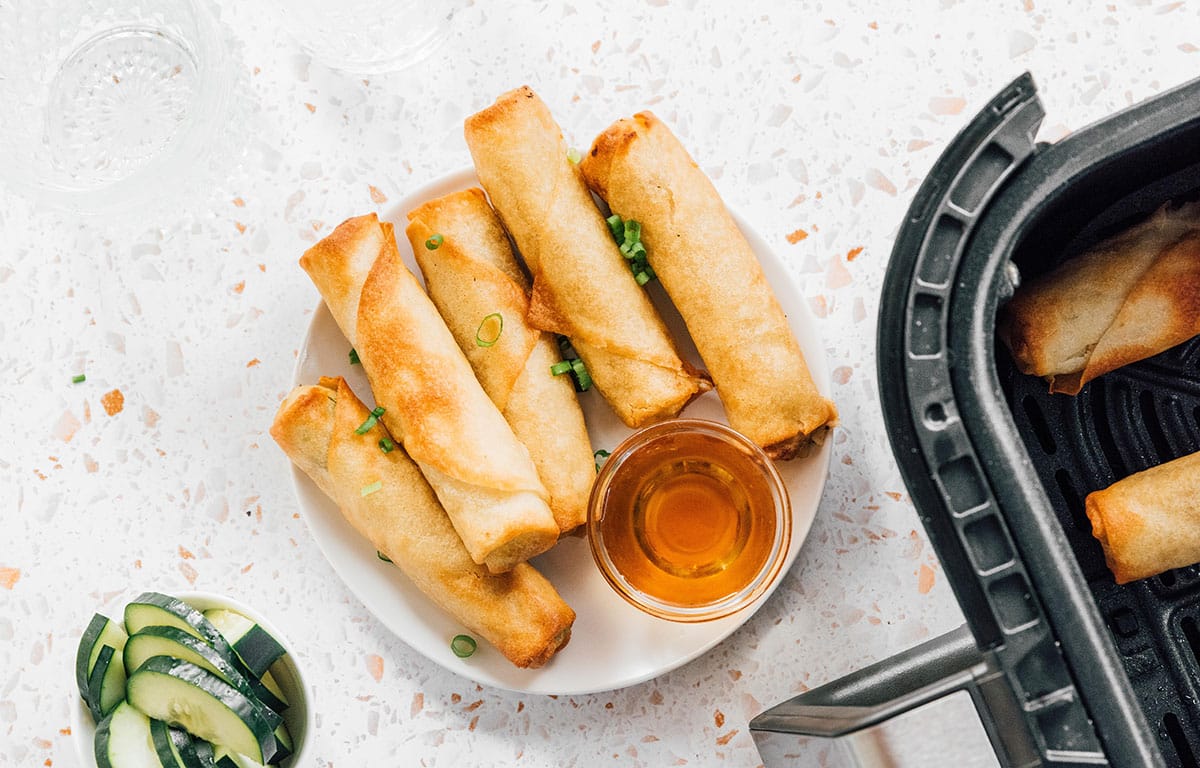

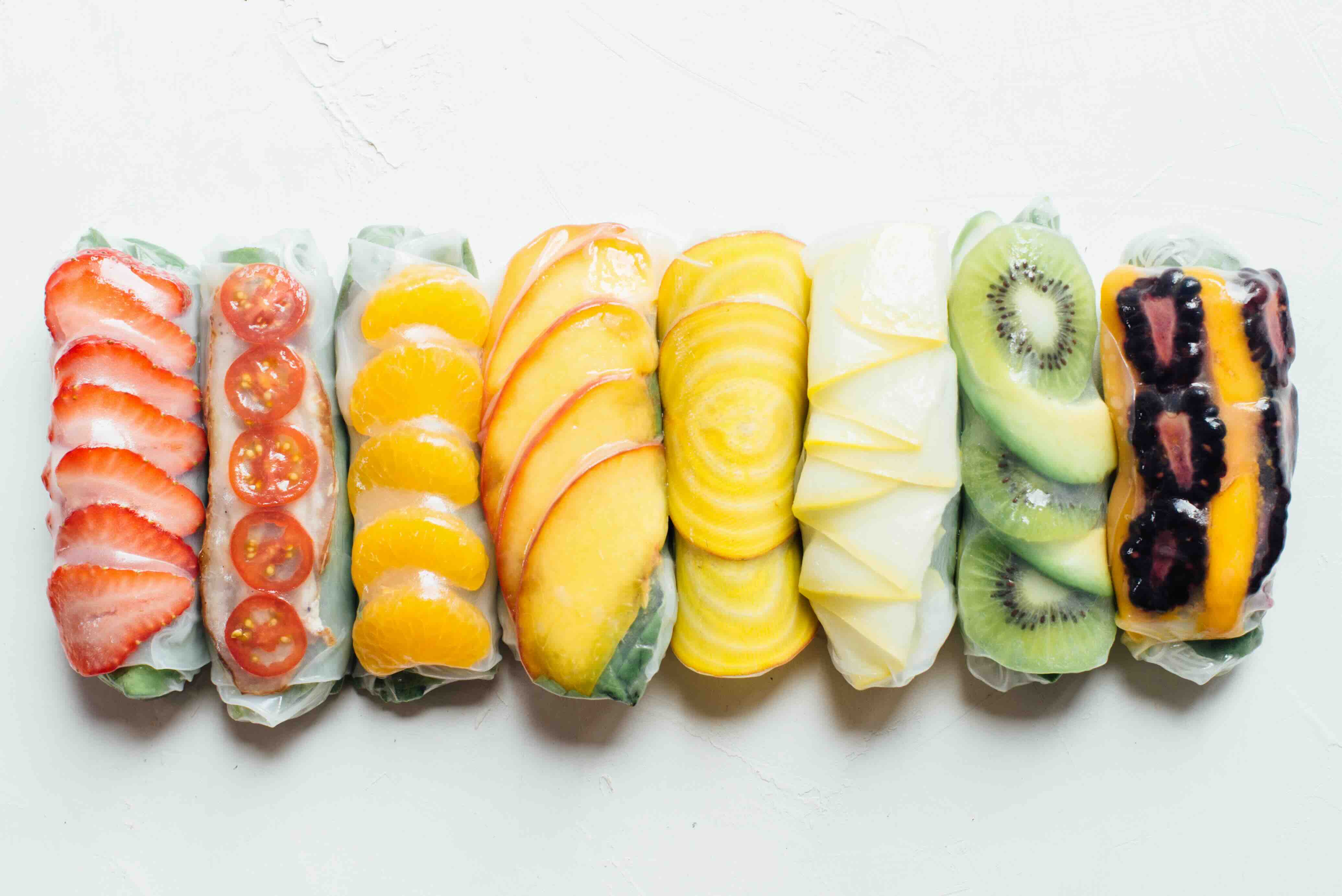


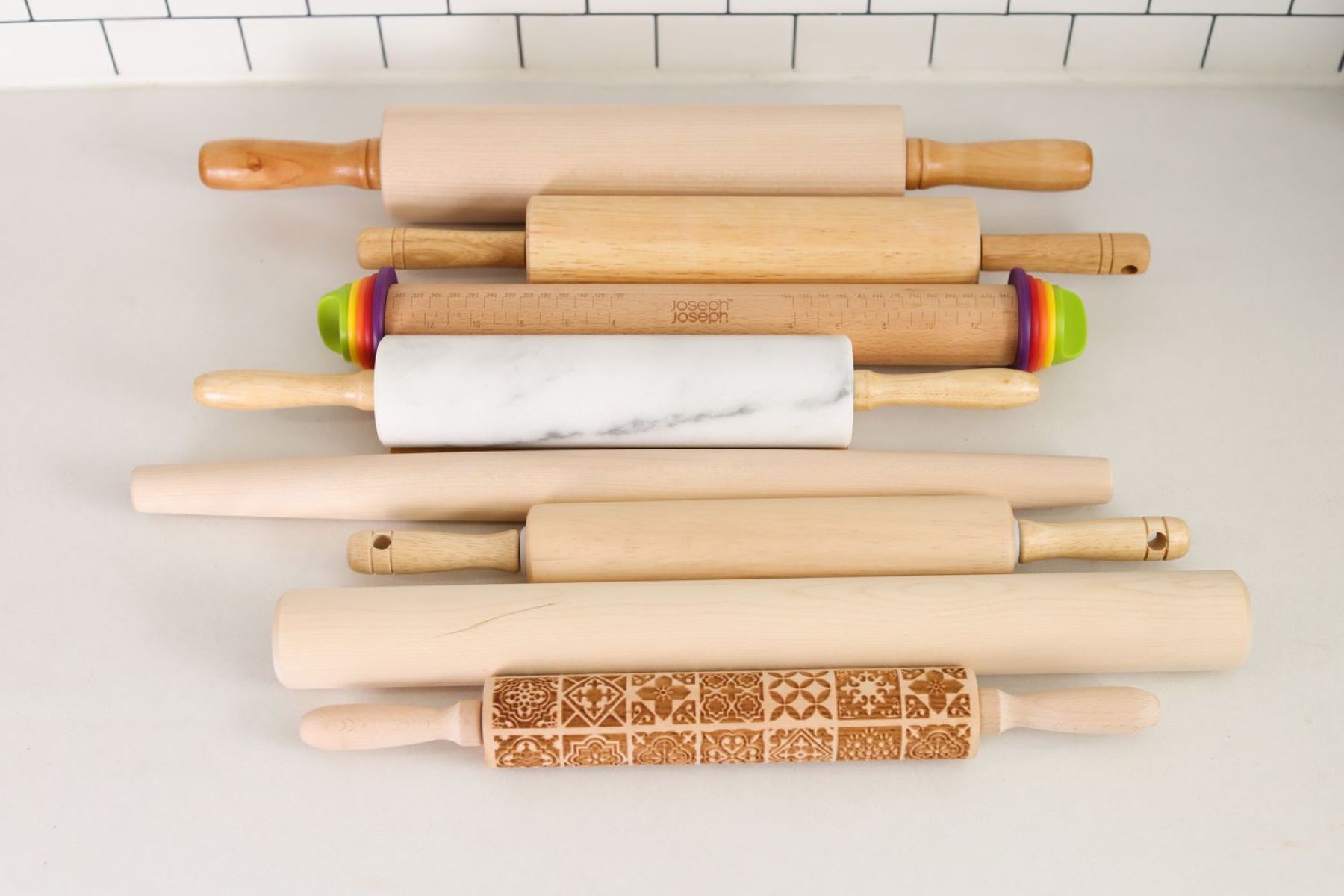
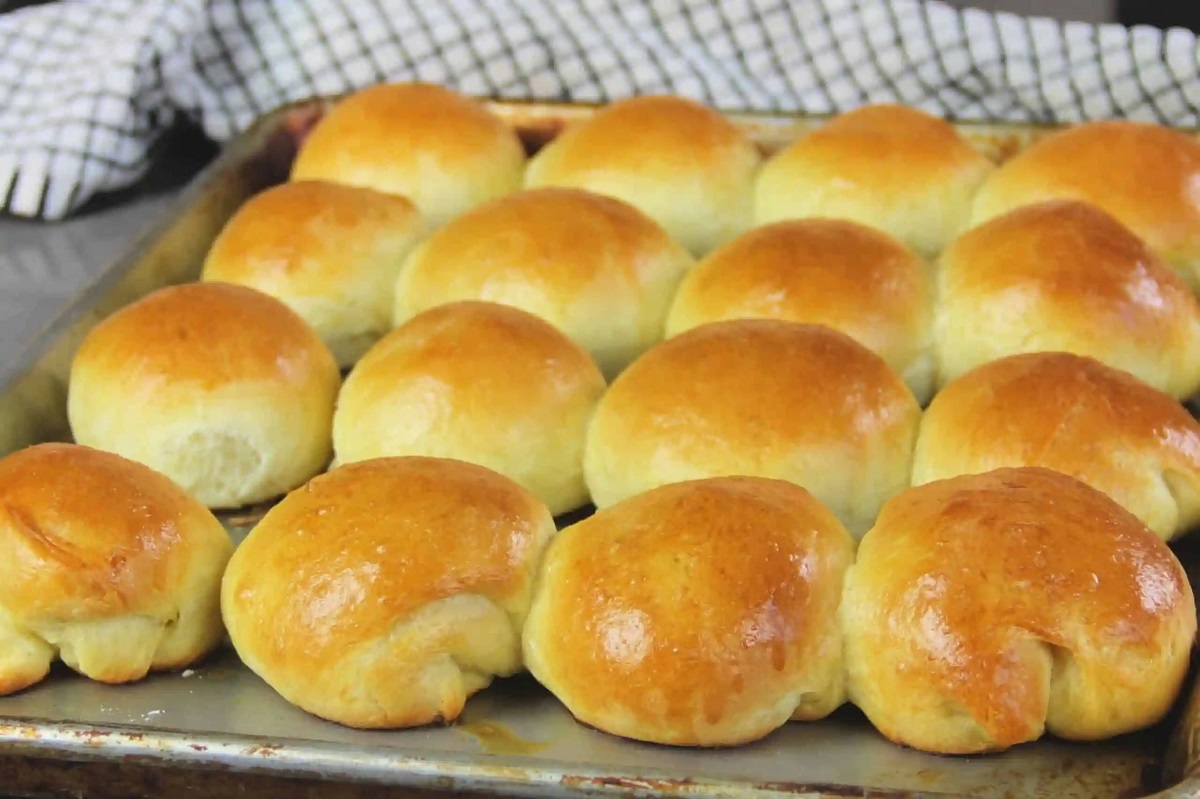
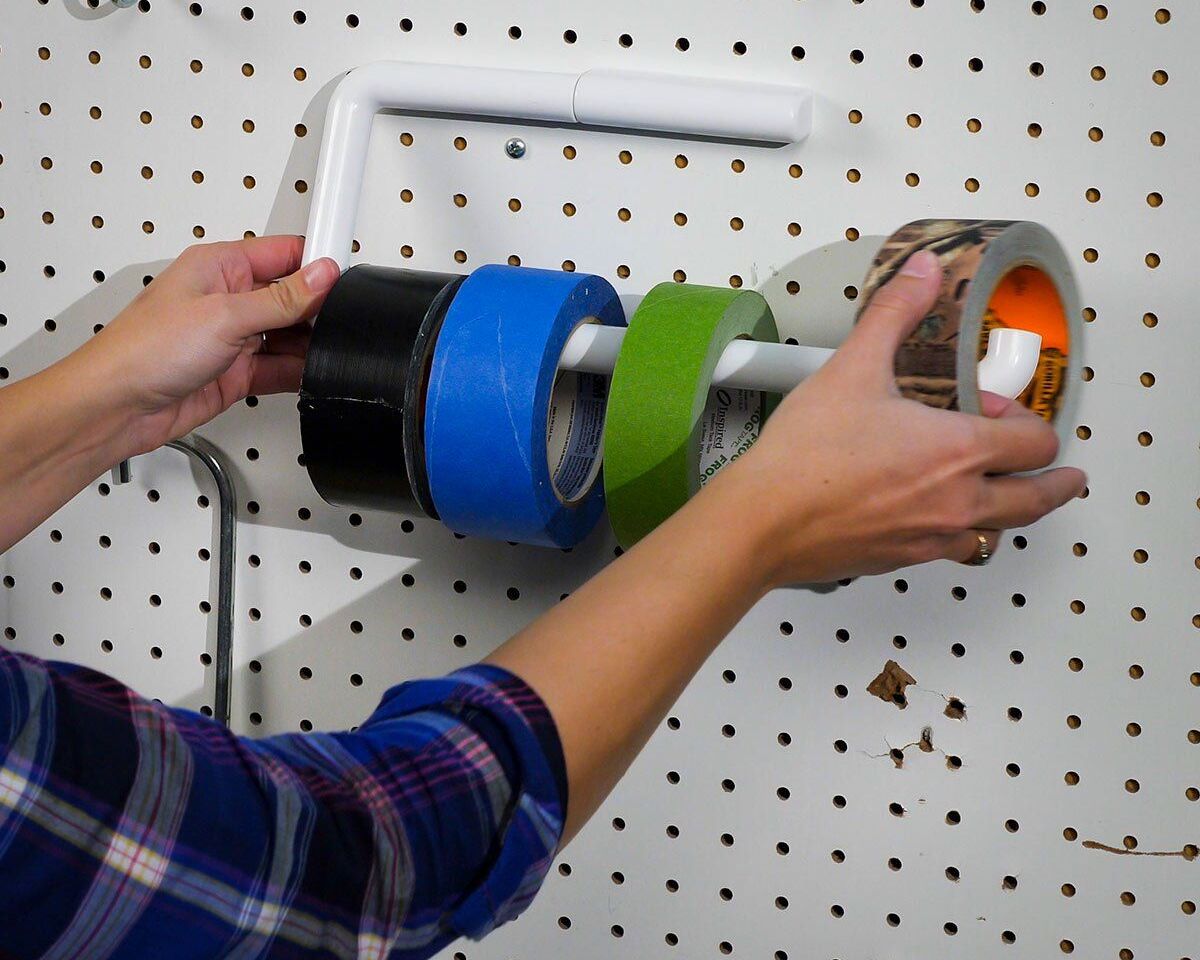
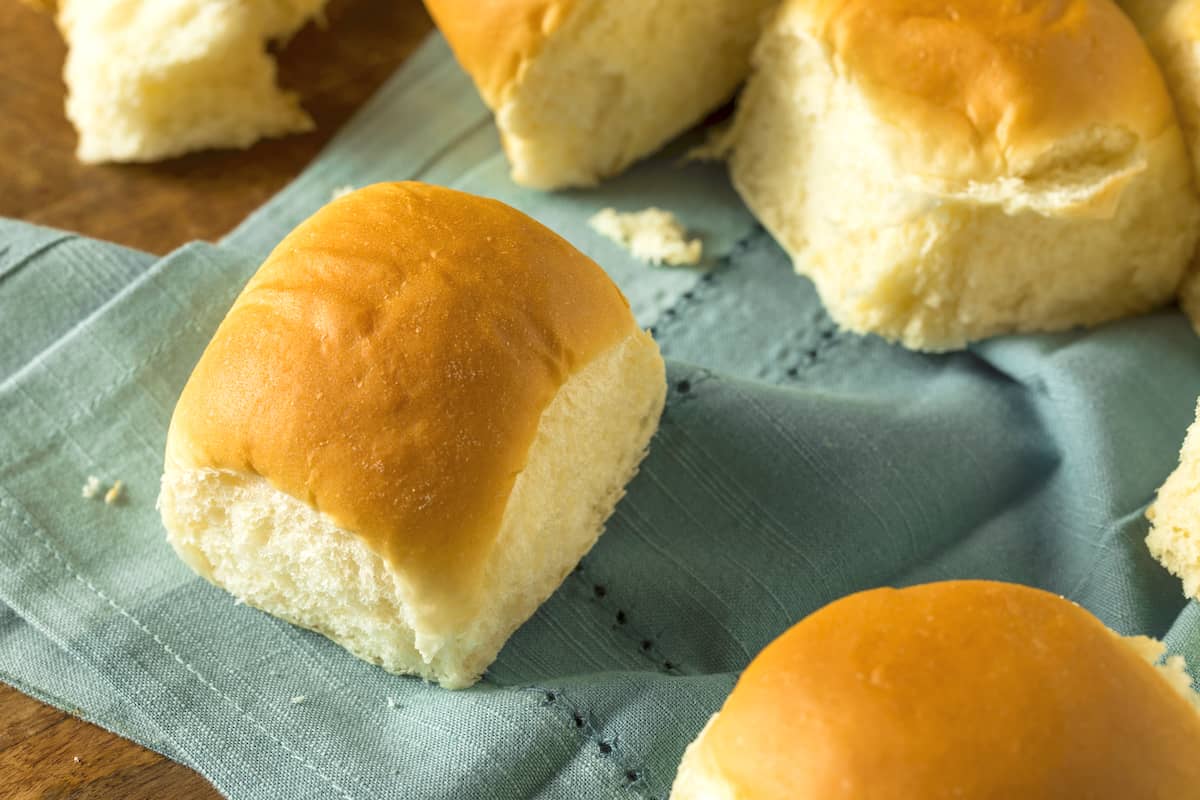
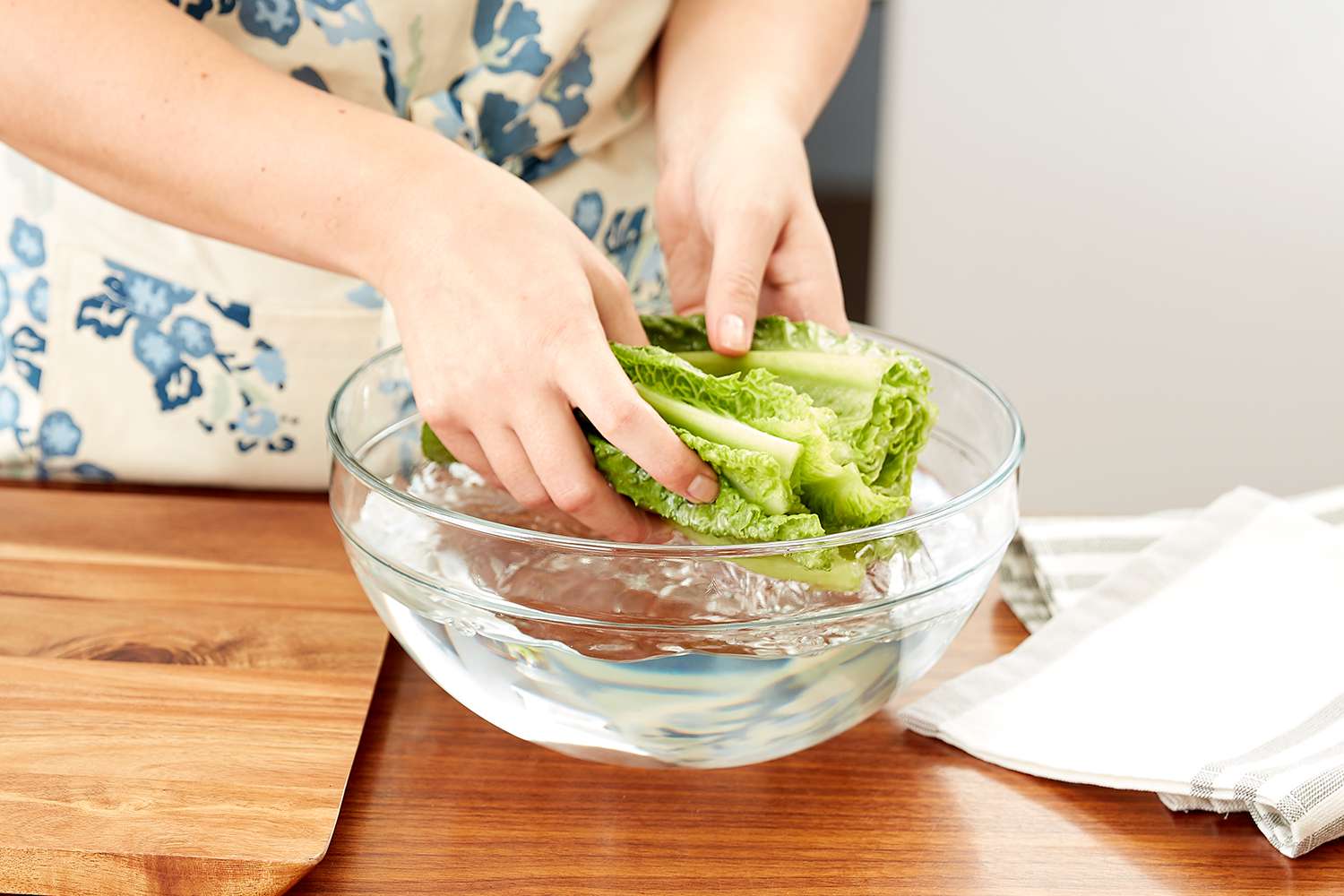




0 thoughts on “How To Store Fresh Spring Rolls”